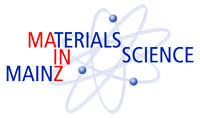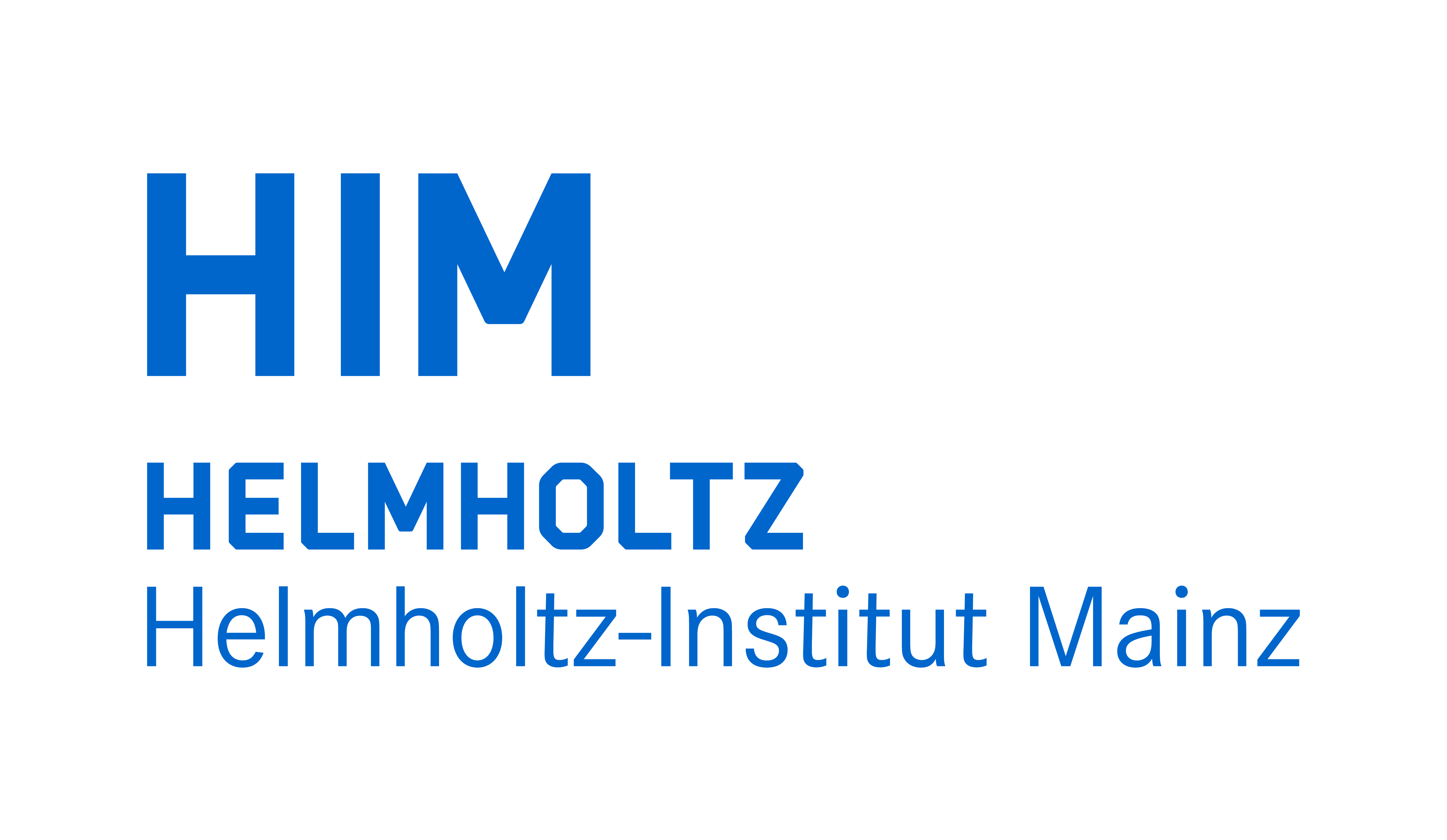


Physikalisches Kolloquium
June 17, 2025 at
4:15 p.m.
in
Staudinger Hörsaal
Prof. Dr. Alfons Weber
Institut für Physik
a.weber@uni-mainz.de
Prof. Dr. Hartmut Wittig
Institut für Kernphysik
hartmut.wittig@uni-mainz.de
The Physics of Rydberg Atoms: from Bohr’s Hydrogen model to Quantum Information
Serge Haroche (Laboratoire Kastler Brossel, Collège de France)
We are celebrating this year the centenary of quantum mechanics, the culmination of discoveries made at the beginning of the last century, among which Bohr's model of the hydrogen atom played an essential role. This model justified Rydberg's formula, which empirically described the spectrum of this atom and predicted the existence of highly excited atomic states with remarkable exaggerated properties (huge size of the electron orbits, long life span, intense coupling with microwave fields and very strong interactions between these atoms at quasi-macroscopic distances). The experimental study of these atoms - particularly of the circular Rydberg states of maximum angular momentum described by Bohr - began half a century ago with the development of tunable lasers. Rydberg atoms have played a central role in the development of Cavity Quantum Electrodynamics, in experiments which have tested the principles of quantum mechanics by realizing in the laboratory some of the Gedankenexperiment conceived a hundred years ago by the founders of quantum physics, among which the famous “Schrödinger cat” experiment. More recently, Rydberg atoms have been used in quantum simulation studies where, trapped in optical lattices, they are individually controlled, manipulated and detected by laser light. The physics of Rydberg atoms is thus closely associated with the history of quantum physics from its origins to its most recent developments, with the promise of more exciting advances in the years to come.